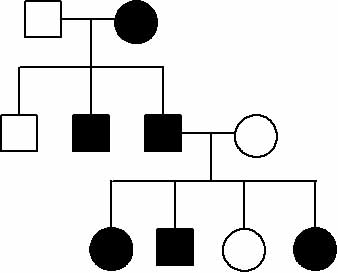
There are four main characteristics of autosomal dominant traits in passing down genetic mutations carrying diseases on them. An affected person on average will also have an affected parent and has a 50% chance of passing the trait to their own child. Males and females are equally likely to inherit the disease from their parents and dominant traits are normally seen in multiple, successive generations rather than one isolated case in a family.
In the dragon DNA lab these characteristics are supported in a number of ways in how mutations are passed down from parent genes. The father’s genes had misplaced alleles and as a result the child had those missing alleles as well. Knowing that dominant traits are typically seen in successive generations then it can be related to the sickle-cell anemia case study where the two parents carried the disease and the child ended up having it as well although the parents did not have the active gene that caused the disease to actually affect them. This is due to the characteristics that there is a 50% chance that a carrier parent will pass the genetic mutation onto his or her offspring so it was only likely that the two parents who were both carriers would produce a child that has the active disease. If two parents have a lethal allele in their DNA then they are even more likely to pass on that allele to their child and continue the line of the genetic mutation.